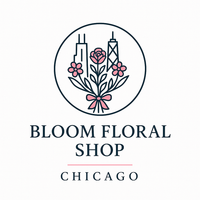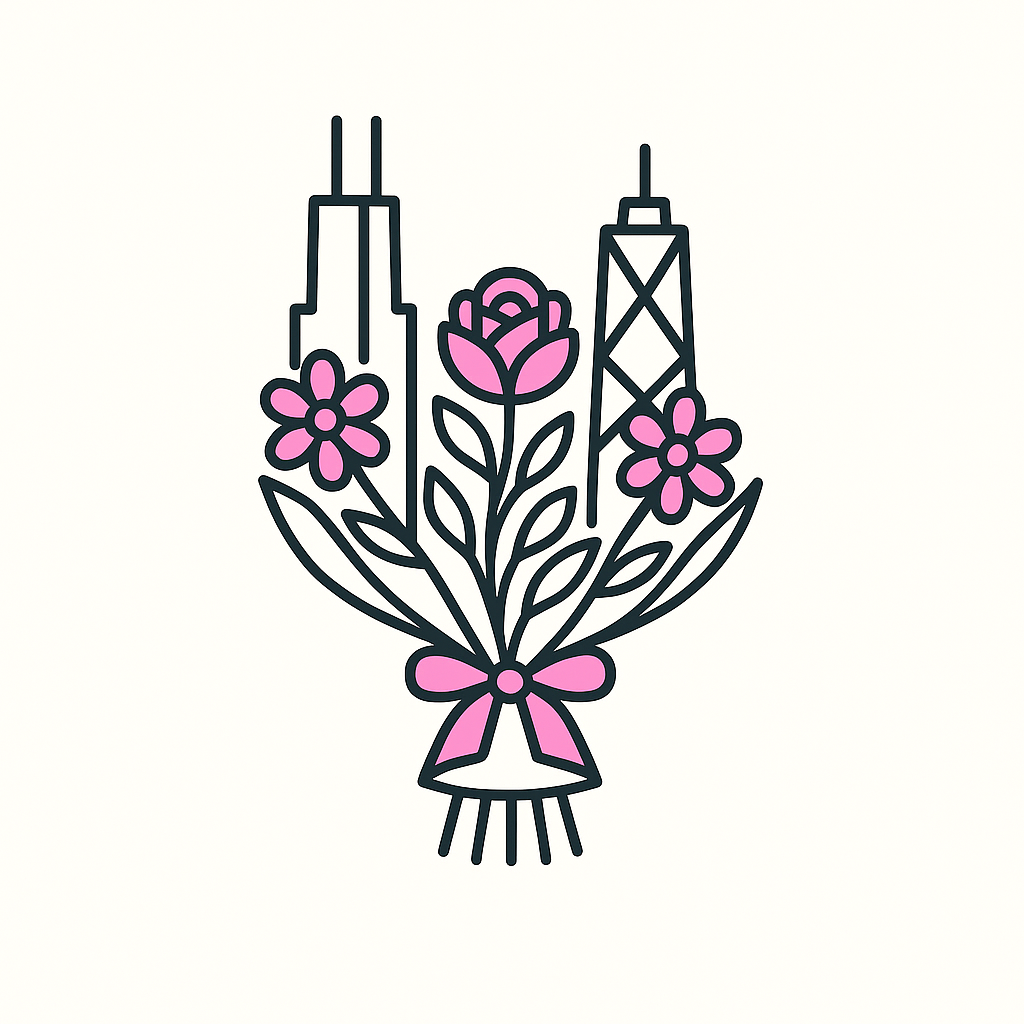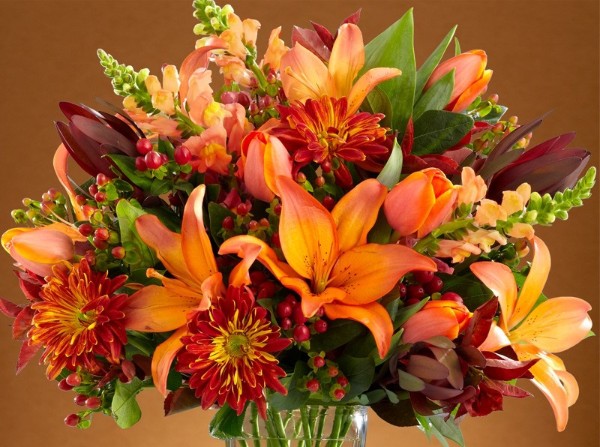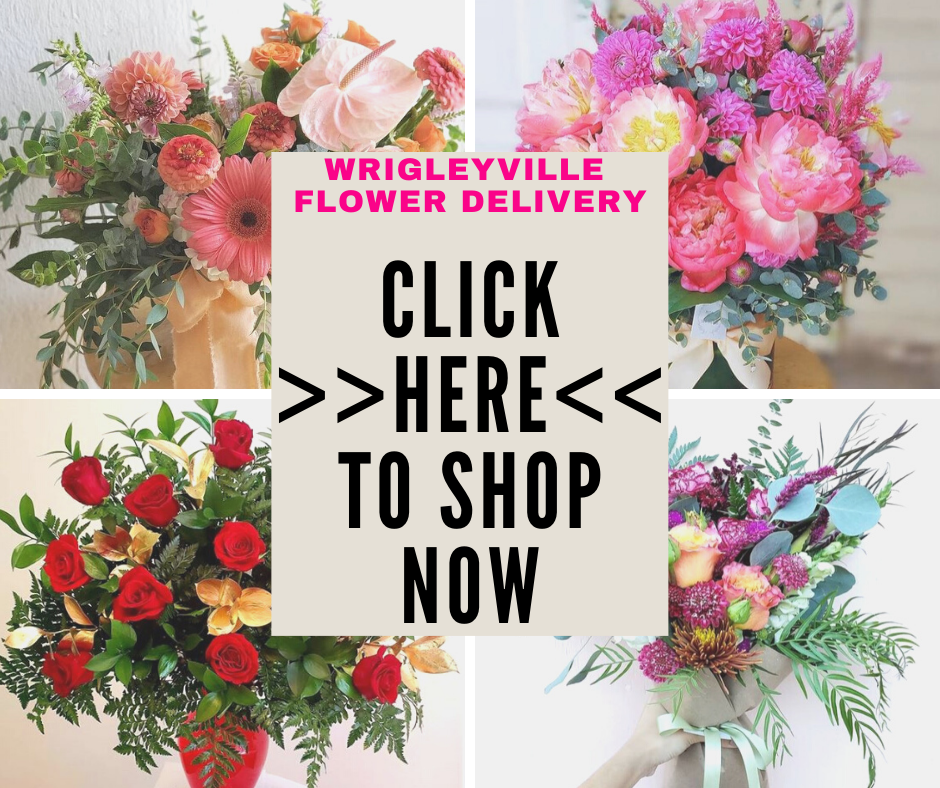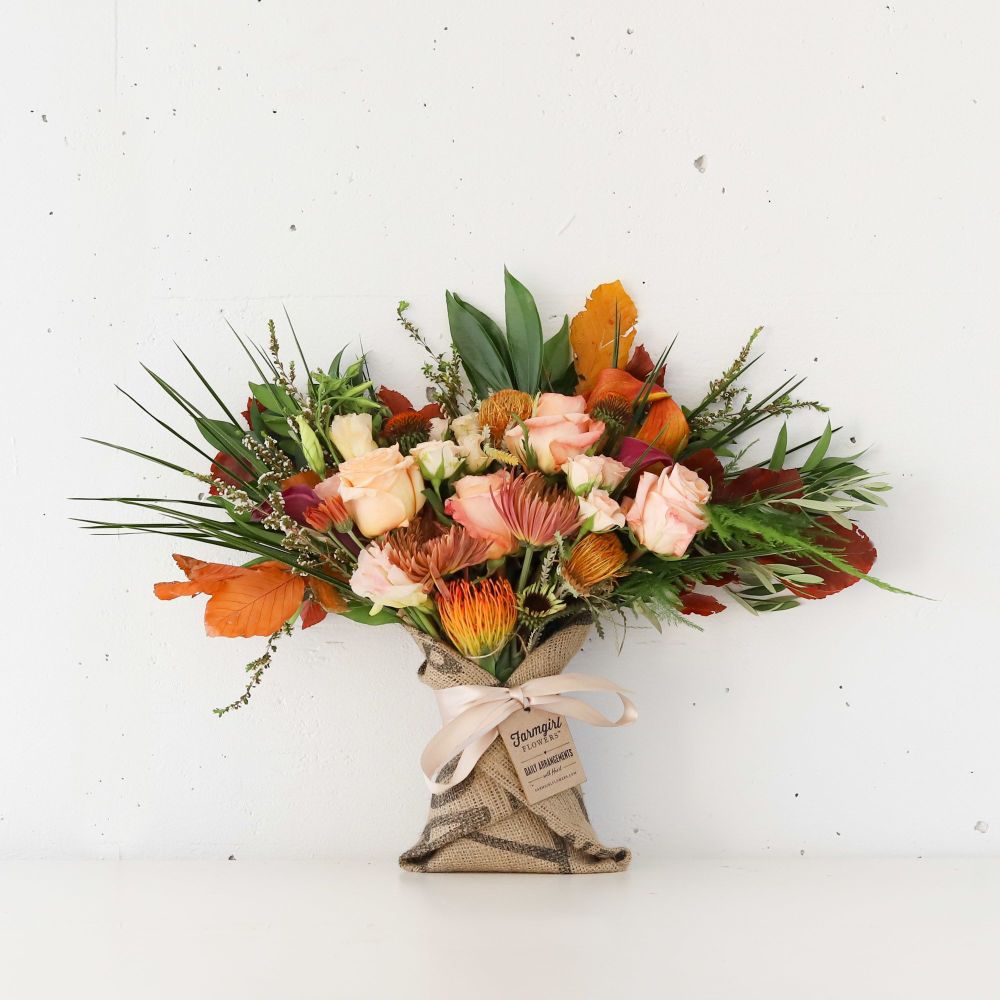What Fall Flowers are in season- And for other seasons too!
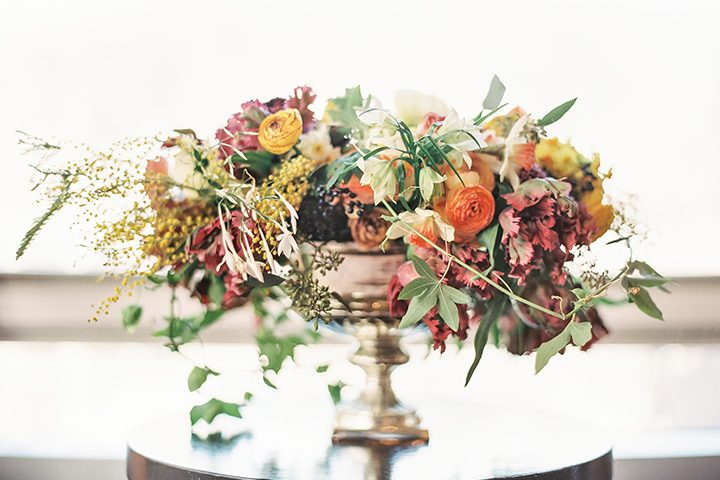

Seasons seem basic, right? They’re one of the first things you learn about when you are young. As soon as you understand them, you have to pick a favorite. Maybe you live to splash in the ocean and bask in the sun, or maybe you love watching the leaves change colors as you sip on warm apple cider. Perhaps you eagerly await the first snowfall, or you might long for April showers (and May flowers). But though we all understand seasons, and are attached to one in particular, we experience and respond to seasons differently depending on where we live, and so do flowers.
In some places where it’s relatively warm year-round, certain flowers, like carnations and roses, are able to flourish all year long. In other places where the frost sets in around November, they have a more difficult time. Though exact bloom times differ by hardiness zone, most species have one or two seasons when they do best. Whether you’re planning to revamp your garden or looking for seasonal wedding flowers, understanding when flowers are at their peak bloom times is important. To help you do this, we put together a guide that gives you a month-by-month breakdown of what flowers are in season, so you’ll know when your favorite flowers are at their best.
Fall
Fall flowers are the best of both worlds. Some September and October blooms, like geraniums and phlox, hold on to the bright hues of summer. Others, like cardinal flowers and black-eyed susans match with the warm reds and yellows of the season, and, as the days get shorter, they’re the perfect addition to your mantle as you cozy up on the couch with your loved ones. You can complement these colorful blooms with neutral flowers like daisies and Japanese anemone, which bloom all the way into November, to create a vibrant, seasonal arrangement.

Winter
As expected, there are few flowers that can survive the chill of winter, especially in zones where temperatures drop below freezing. But the flowers that do bloom during this time are unique. There’s nothing quite like seeing a soft pink lenten rose push through the bright white snow as winter begins to wane in February, or filling your house with arrangements of poinsettias and manzanitas throughout December to get you in the holiday spirit. You can accent these arrangements with holly, and maybe even some mistletoe, to make them extra festive and help you ring in the new year right come January first.

Spring
There are few things better than bright flowers in the spring to reassure you that winter has passed and warmer days are here. Whether you’ve been anxiously awaiting this season so you can watch your garden come to life, or you just enjoy strolling through the park and observing the blooms, neither will disappoint. Spring flowers cover nearly the whole color spectrum. From orange daylilies to purple lilacs, you’re sure to be able to find something that makes you smile. Forget-me-nots and poppies can even bloom throughout March, April, and May, giving you something to look forward to all season long.

Summer
Summer also has a huge variety of colorful flowers. It’s caught in the middle of spring flowers finishing their bloom and fall flowers get ready to blossom. Summer flowers thrive in the long, sunny days of June, July, and August. Many, like geraniums, lavender, and black-eyed susans may even bloom all season. The variety of summer flowers doesn’t stop at color, shape also plays a big role. There’s tiny yarrow, voluminous dahlias, and feathery fleabane, giving you endless opportunities to pick wildflowers and maybe even bring some home to craft beautiful bouquets.

Maybe now you’re inspired to pick up some chrysanthemums and dahlias, or take a trip to your local garden center or arboretum to see what’s blooming. But as the temperatures continue to drop and fewer flowers blossom, there are still ways to enjoy your favorite plants. Houseplants are a great option and so are festive holiday bouquets. They’ll capture the spirit of the season as you gather with your family and friends, reminisce on the past year, and get excited for the great things that will come in the year ahead.
Sources
Image Sources
Anise-scented Sage: CC Image courtesy of Stan Shebs on Wikimedia Commons
Annabelle Hydrangea: CC Image courtesy of KENPEI on Wikimedia Commons
Baneberry: CC Image courtesy of wplynn on Flickr
Beardtongue: CC Image courtesy of Katja Schulz on Wikimedia Commons
Bee Balm: CC Image courtesy of Alan Silvester on Wikimedia Commons
Big Leaf Aster: CC Image courtesy of wackybadger on Flickr
Blue Goldenrod: CC Image courtesy of Meneerke bloem on Wikimedia Commons
Cardinal Flower: CC Image courtesy of H. Zell on Wikimedia Commons
Chrysanthemum: CC Image courtesy of Darren Swim (Relic38) on Wikimedia Commons
Geranium: CC Image courtesy of Jean-Pol GRANDMONT on Wikimedia Commons
Golden Columbine: CC Image courtesy of Stan Shebs on Wikimedia Commons
Heath Aster: CC Image courtesy of Frank Mayfield on Flickr
Lady in Red Hydrangea: CC Image courtesy of Digon on Wikimedia Commons
Lenten rose: CC Image courtesy of Wildfeuer on Wikimedia Commons
Lilac: CC Image courtesy of Wendy Cutler on Wikimedia Commons
Pointleaf Manzanita: CC Image courtesy of Stan Shebs on Wikimedia Commons
Rough Goldenrod: CC Image courtesy of Dominicus Johannes Bergsma on Wikimedia Commons
Salvia: CC Image courtesy of Noah Elhardt on Wikimedia Commons
Southern Indian Pink: CC Image courtesy of Mechanoid Dolly on Flickr
Swamp Milkweed: CC Image courtesy of Fritzflohrreynolds on Wikimedia Commons
Trumpet Honeysuckle: CC Image courtesy of Sanjay Acharya on Wikimedia Commons
Wallflower: CC Image courtesy of Jina Lee on Wikimedia Commons
